Elimination of Mother-to-Child Transmission Publications
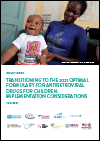

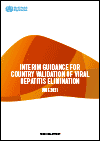
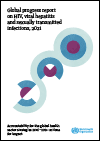
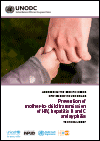
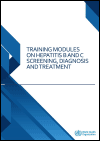
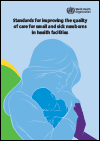
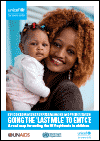
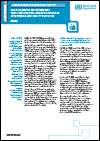
In April 2020, new directions in global guidance for HIV strategic information and treatment monitoring were updated. This technical update outlines the key developments with respect to recommended indicators and approaches and tools for monitoring antiretroviral drug toxicity with the purpose of strengthening country implementation and ensuring the safe use of antiretroviral drugs.
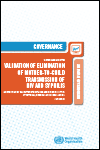
This governance guidance provides further detail on the standardized structure and processes used to validate the elimination of the mother-to-child transmission (EMTCT) of HIV and syphilis. This publication serves alongside and as a supplement to the Global guidance on the criteria and processes for validation: elimination of mother-to-child transmission of HIV and syphilis (global EMTCT guidance), the four country assessment tools on EMTCT of HIV and syphilis and the pre-assessment tool on EMTCT of HIV and syphilis and termed path to elimination (PTE).





